TRUSTED BALI
ARCHITECTURAL DESIGN SERVICES
Architectural design encompasses the process of planning, conceptualizing, and creating the physical and functional structure of a building or space. It involves various elements such as aesthetics, spatial planning, functionality, safety, and sustainability. Below is an in-depth overview of architectural design and its components:
TRUSTED BALI
ARCHITECTURAL DESIGN SERVICES
Architectural design encompasses the process of planning, conceptualizing, and creating the physical and functional structure of a building or space. It involves various elements such as aesthetics, spatial planning, functionality, safety, and sustainability. Below is an in-depth overview of architectural design and its components:
Design Development
- Detailed Design: Refine the schematic design, developing more detailed drawings, including floor plans, sections, elevations, and material selection.
- Engineering Integration: Coordinate with structural, mechanical, electrical, and plumbing (MEP) engineers to ensure the design meets technical requirements.
- Material Selection: Choose materials for the project (e.g., concrete, wood, glass) based on aesthetics, functionality, sustainability, and budget.
- Sustainability Features: Integrate energy-efficient solutions, such as passive solar design, green roofs, and eco-friendly materials.
- Energy Efficiency: Implement strategies to reduce energy consumption, such as using energy-efficient appliances, insulation, and windows.
- Natural Ventilation and Lighting: Incorporate design elements that maximize the use of natural light and airflow, reducing the need for artificial lighting and air conditioning.
- Sustainable Materials: Use eco-friendly materials, such as recycled, renewable, or low-carbon materials.
- Green Building Certifications: Design for compliance with green building standards such as LEED (Leadership in Energy and Environmental Design) or BREEAM (Building Research Establishment Environmental Assessment Method).
Construction Documents
- Technical Drawings: Create detailed architectural drawings (plans, sections, elevations) that contractors use to build the project.
- Specifications: Provide detailed descriptions of materials, finishes, and construction methods.
- Permit Submission: Submit the drawings and documents for regulatory approval, ensuring they comply with local building codes and regulations.
Land Management
- Agricultural Land Management: Overseeing the use of land for farming, ensuring sustainable practices, and maximizing productivity.
- Forest Management: Managing forested lands for timber production, conservation, and recreation.
- Wildlife and Habitat Conservation: Ensuring that land is managed in a way that preserves wildlife habitats and biodiversity.
- Lease Management: Handling leasing agreements, managing tenant relations, and overseeing property maintenance.
Key Components of Architectural Design
Form and Function
- Form: Refers to the physical shape and appearance of the building. This includes the external look, massing, and aesthetic quality of the structure.
- Function: Refers to the purpose of the building and how it serves its intended use. The design should ensure that the building supports the required activities and flows efficiently.
BUILD IN BALI
FAQS
Architectural design involves planning, conceptualizing, and creating building structures and spaces. It combines creativity with technical expertise to ensure functionality, aesthetics, and structural integrity.
Architects bring expertise in design, functionality, and safety. They help optimize space, comply with regulations, and create customized solutions tailored to your needs and budget. Their involvement can save time and money in the long run.
The timeline depends on the project’s complexity. Small residential projects may take weeks, while large commercial developments could take months. Clear communication with your architect helps streamline the process.
Costs vary based on project size, complexity, and scope. Architects may charge hourly rates, fixed fees, or a percentage of the construction budget. It’s best to request a detailed estimate upfront.
Your involvement is crucial! Architects collaborate with clients to incorporate their preferences, needs, and feedback throughout the design stages.
Yes, most architects assist in preparing and submitting the necessary documents for building permits, ensuring compliance with local regulations.
Absolutely! Architects can integrate energy-efficient systems, sustainable materials, and green building techniques to create eco-friendly designs.
